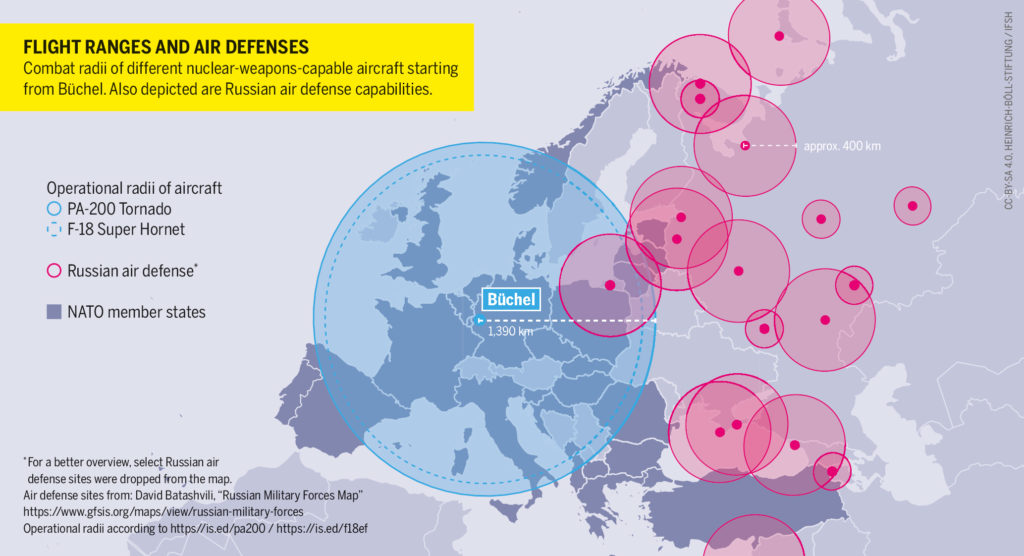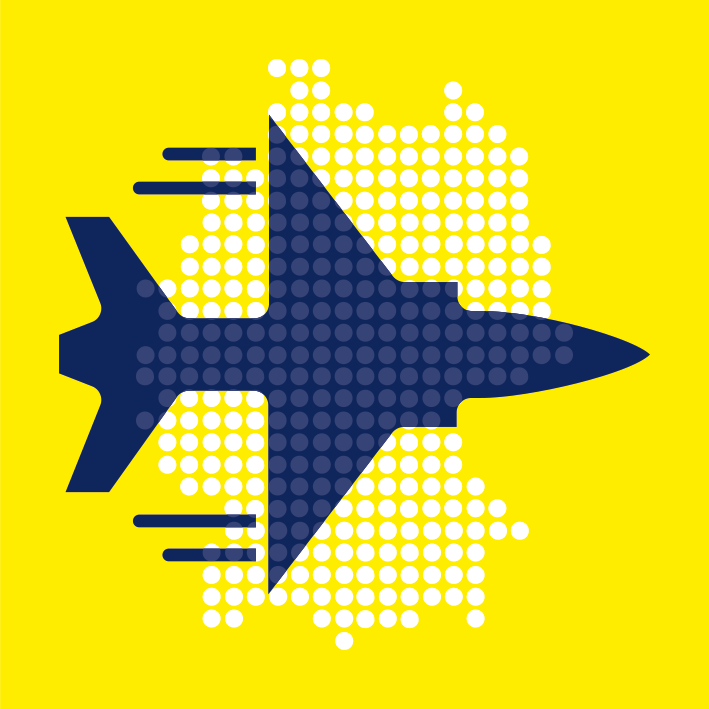
The delivery systems for the US bombs stationed in Europe are fighter aircraft in all five stationing countries. In Germany, models of the PA-200 Tornado are intended for this purpose. These aircraft are nearing the end of their possible service life. If technical nuclear sharing continues, it will be necessary in the medium term to procure a successor model for this mission. The Bundeswehr is currently planning to use the Tornado until 2030.
The following table shows images and capabilities of different aircraft types that are relevant to the role of nuclear sharing in Germany. In the beginning of 2022, the German government decided to procure F-35 aircraft for the nuclear sharing role. This decision comes after the previous government’s Ministry of Defense recommended the procurement of F/A-18 E/F aircraft. The map (below) shows the operational ranges of the Tornado and F-18 in comparison.
| Name | PA-200 Tornado | F-35 | Eurofighter Typhoon | F/A-18 E/F “Super Hornet” |
| Bild | 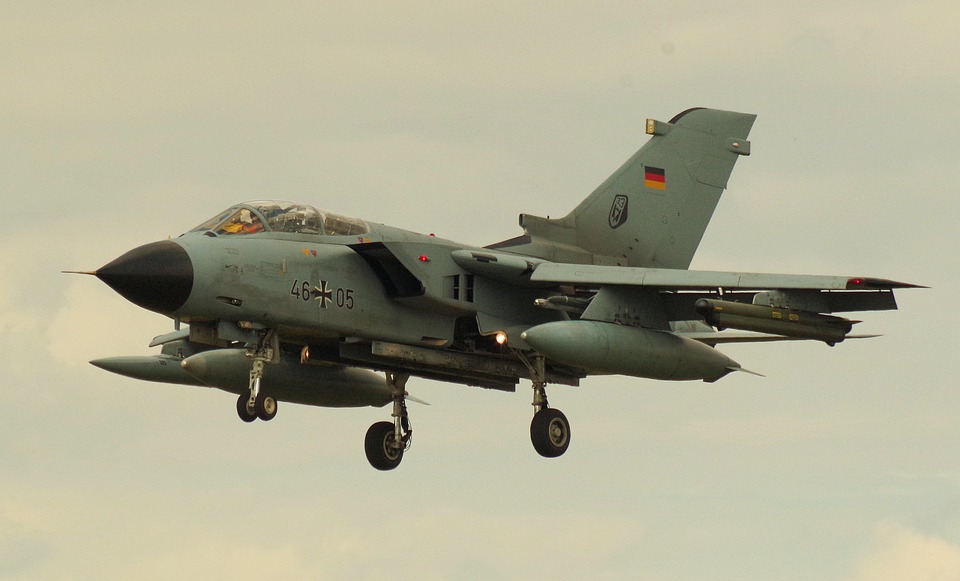 | 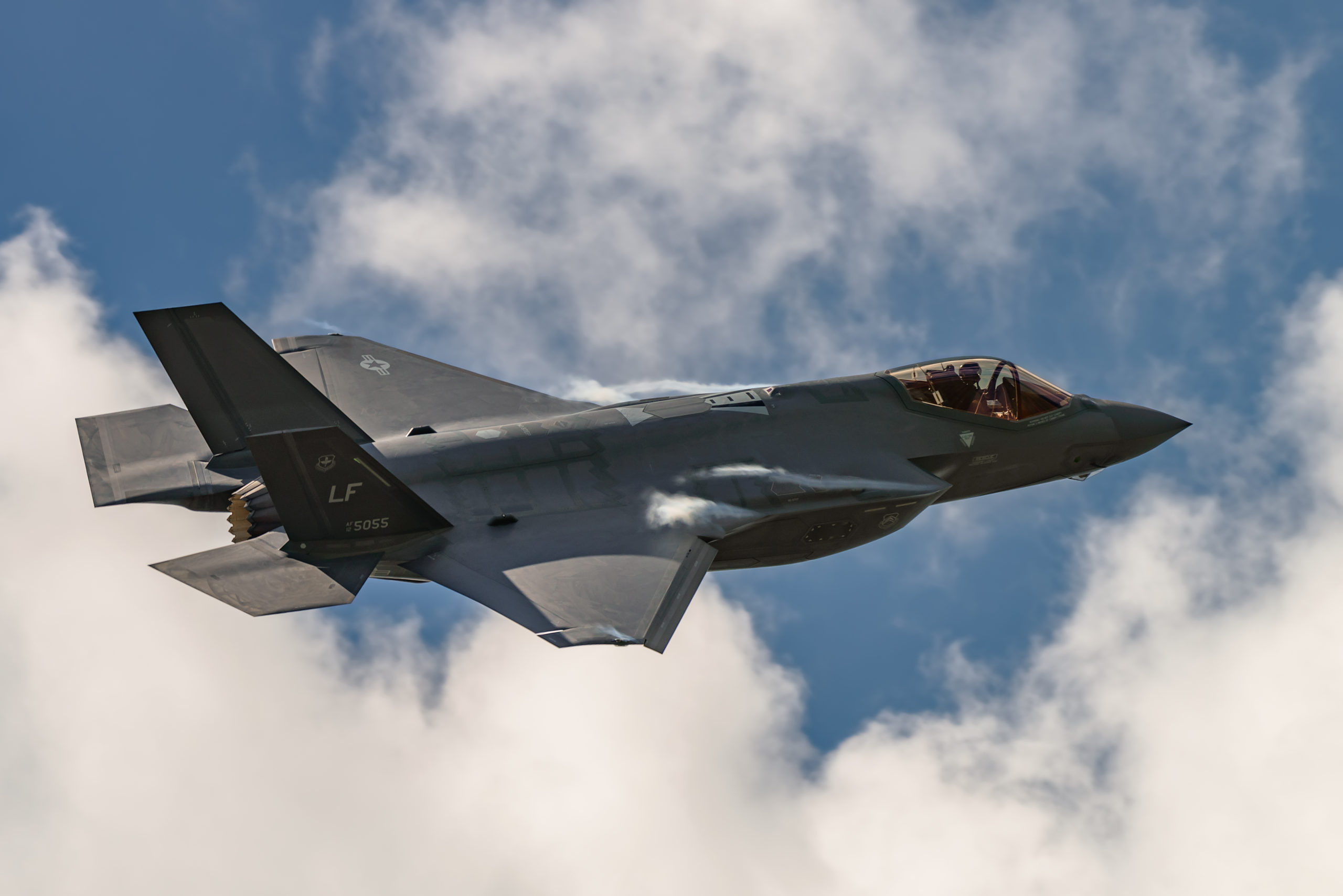 | 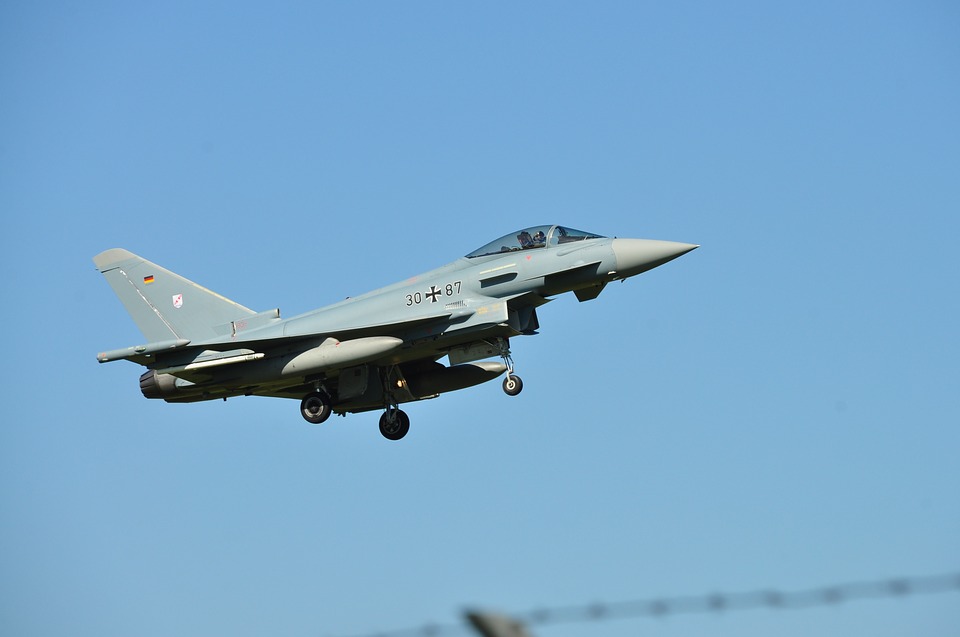 | 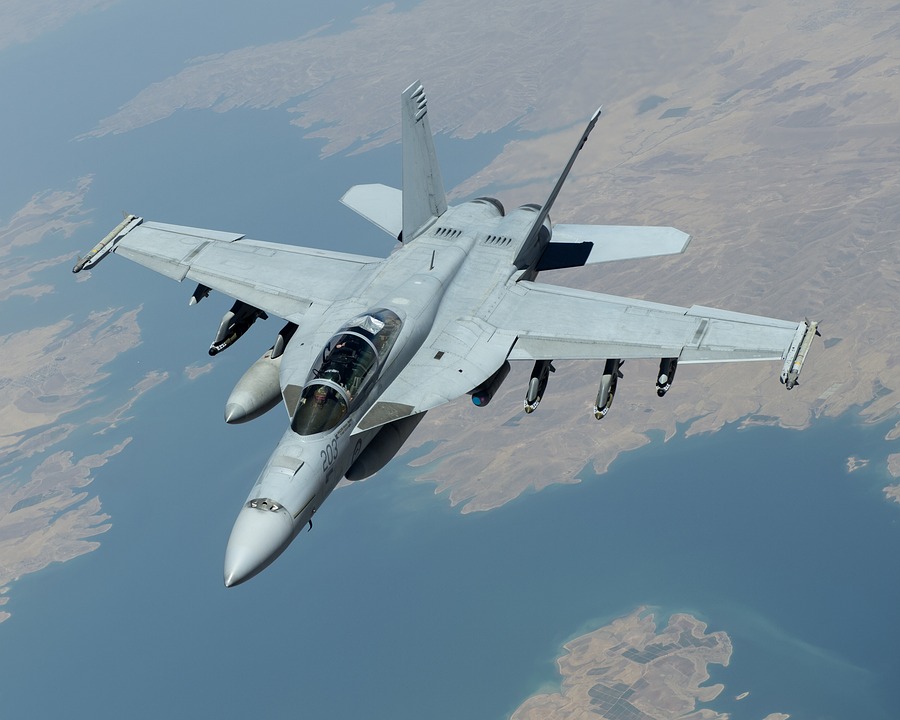 |
| Manufacturer | Panavia (British-German-Italian joint venture) | Lockheed Martin (United States)Planning and development by a partnership between the US and seven other countries | Eurofighter Jagdflugzeug GmbH (British-Spanish-German-Italian joint venture) | Boeing (United States) |
| Production | 1979–1998 | Since 2006 | Since 2003 | Since 1997 |
| Combat range | 1390 km | 1093 km | 1389 km | 1296 km |
| Procurement costs | Currently in service | 80-100 million US dollars/aircraft (for US customers) | 144 million euros/aircraft | 170-194 million euros/aircraft |
| B61-12 certification | Possible as “System 1” (without improved weapon capabilities) Initial test drops have taken place. | Certification as “System 2” (full functionality) in progress. | Technically feasible, politically unlikely (no US interest, and the process would require disclosure of industry secrets by Europeans). | Not provided for in official US documents, but possible according to Boeing (duration: 7-10 years) |
| Key issues/challenges | Aircraft are prone to failure and maintenance-intensive due to age. | New aircraft type requires extensive training for pilots and technicians. | Certification of new weapon system difficult | New aircraft type requires extensive training for pilots and technicians |
Germany, France, and Spain are also currently planning the development of a new European combat aircraft as part of the Future Combat Air System (FCAS) project. France, a country with its own nuclear weapons, wants to use this aircraft for nuclear missions as well. Use by Germany for missions related to nuclear sharing is envisaged. The first FCAS fighter aircraft will replace older models in the three countries from around 2040. To not jeopardize the market launch of FCAS, France has advised its German partners against purchasing expensive American F-35s.
The planned modernization of nuclear weapons to B61-12 creates new requirements for the delivery systems: The use of the new control electronics necessitates an electronic data transfer from the aircraft to the bomb. Not all potential delivery systems in the table have corresponding interfaces. The weapon can still be used by such aircraft but with limited capabilities.
As a rule, comprehensive certification of combat aircraft for nuclear weapons use is necessary. Each new combination of aircraft and weapon type must separately go through the certification process. Therefore, the modernization to the B61-12 requires a review of all proposed delivery systems. This process usually takes several years and includes, among other things, a series of test drops of dummy bombs. Certifying a European delivery system for the US B61 bomb would require sharing sensitive technical data on the European fighter with the United States.
